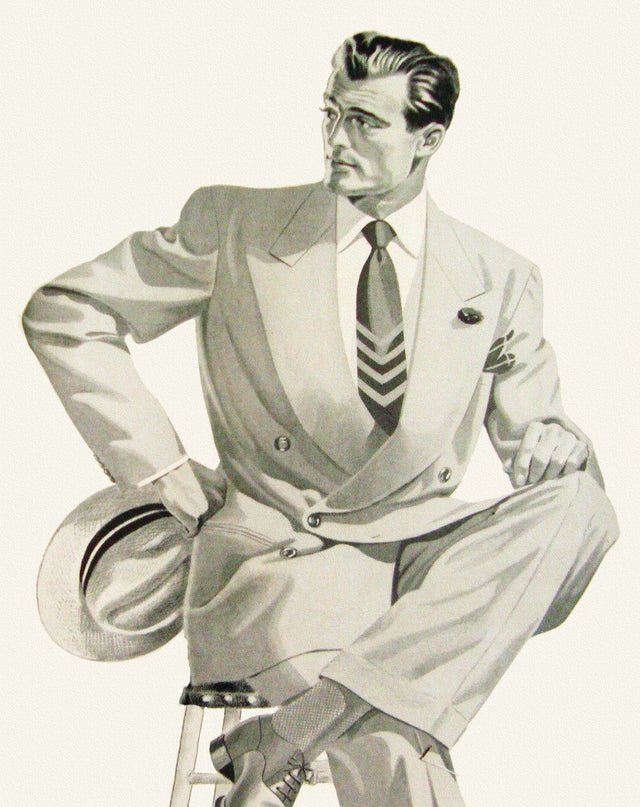The History of the Necktie
The Necktie is a symbol of elegance and style that is synonymous around the world. Whether it’s a wedding, an important business meeting or perhaps just part of your usual every day work attire; wearing a shirt and tie can smarten up any individual.
When did it start though? Why do we now wrap a thin piece of cloth around our neck? Well there are many disputed origin stories to the necktie, with some dating it back to the Roman period, but the general agreement is that neckties as a fashion statement began growing in the 1600s.
Originating in France, King Louis was enamoured with the cloth the Croatian mercenaries wore as part of their uniform during the 30 year war. Its function was to tie the top of the mercenaries jacket together, but King Louis was so fond of it he made it an accessory for all royal events, honouring the Croatian soldiers by naming it ‘Cravatte’.
Resembling more a modern day scarf, the fashion quickly growing in popularity, it swept through Europe and over the rest of the century and into the 1700s, the style and shape began changing. By 1800s, the modern tie began to appear and started to be used more commonly by the wealthy.
The first patterned tie was created around 1900 and over the 20th century more people would begin wearing the tie and it slowly entered our everyday life; with every colour and style imaginable now being available.
Fast forward to today and here at Wilmok we’re changing things again. Empty plastic bottles are a real problem and are wreaking havoc on our environment so rather than let them continue to clog up our seas and injure our wildlife, we decided to put them to good use. We are able to recycle empty plastic bottles and turn them into beautifully crafted handmade Italian ties; in fact, we’re the world’s first and only brand doing that!
Check out the full range here


0 Comments
There are no comments for this article. Be the first one to leave a message!